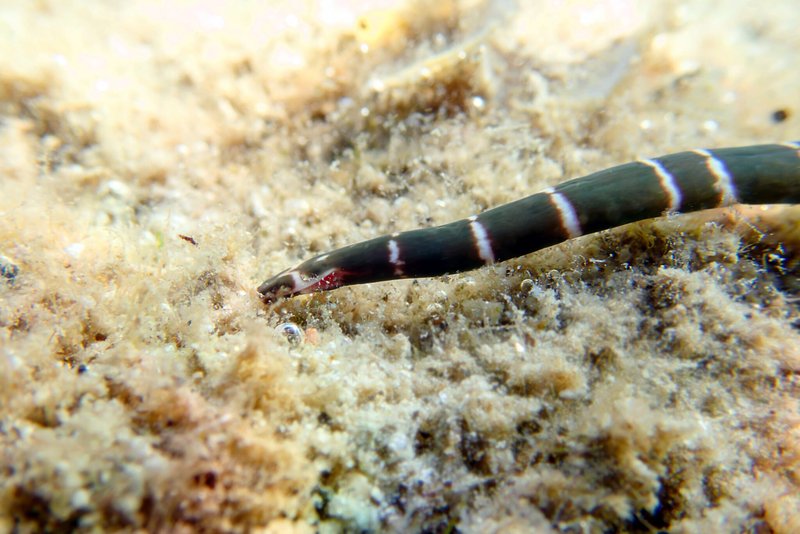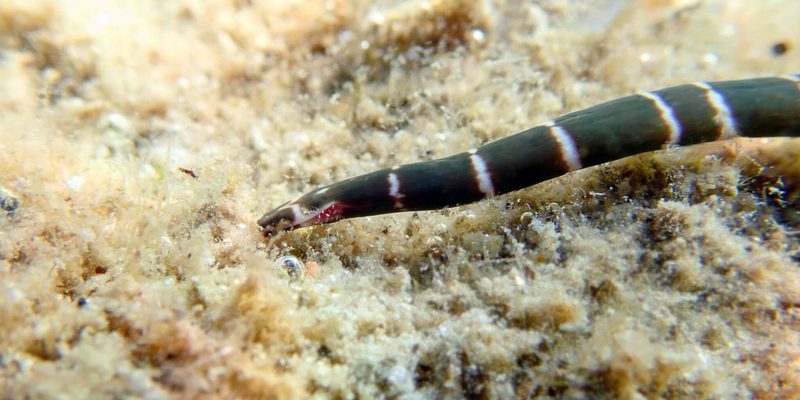
Citizen science, at its core, is about everyday folks helping researchers gather data. It’s like a big team project where everyone has a role. Monitoring ribbon worms might sound niche, but it’s an important task that can help scientists understand our oceans better. So, grab a cup of coffee, and let’s dive into how you can get involved in this exciting initiative!
What Are Ribbon Worms?
Ribbon worms are long, slender marine creatures that can stretch up to several meters, depending on the species. They have a unique body structure that includes a flat, ribbon-like shape, which is where they get their name. Most people might liken them to spaghetti, but with a twist: they can also be colorful, often showcasing vibrant hues of pink, yellow, or green.
These worms are not just beautiful to look at; they play crucial ecological roles. They help break down organic materials and serve as food for various marine animals. By monitoring their populations and behaviors, we can gain insight into the health of our coastal ecosystems. Honestly, understanding these creatures might even reveal how our oceans react to changes like pollution and climate change.
But how do you go about monitoring them? That’s the exciting part! Let’s explore the steps and tools you’ll need for your citizen science journey.
Getting Started with Monitoring
Before you dash off to the shore with a notebook, it’s important to know what you’re looking for and how to do it effectively. First, choose a beach or coastal area where ribbon worms are known to inhabit. The best time to look for them is during low tide when you can easily access tidal pools and sandy areas.
Here’s a quick checklist to help you get started:
- Find a local beach known for ribbon worms.
- Equip yourself with a magnifying glass or small container.
- Bring a notebook or a smartphone to log your findings.
- Wear gloves if you plan to handle the worms gently.
Once you’re at your chosen spot, take a moment to observe the area carefully. Ribbon worms often hide in the sand or underneath rocks. You might want to carefully dig around or lift some stones to see what you can find. It’s worth mentioning that some species can be very shy, so patience is key.
How to Identify Ribbon Worms
Identifying ribbon worms can be like solving a fun puzzle! They come in various shapes, sizes, and colors, but there are some distinct characteristics you can look for. Generally, they have a smooth, slimy body and can retract into their burrows very quickly. Here are some tips to help you identify them:
1. **Color and Texture**: Most ribbon worms have a shiny or wet appearance due to their slimy surface. The color might range from earthy tones to bright shades.
2. **Body Movement**: Pay attention to their movement. They can slither quickly, almost like a snake. Watching how they crawl or wiggle can help distinguish them from other similar-looking creatures.
3. **Check for Appendages**: Some species have a distinctive proboscis, which they use to capture prey. If you see one unfurling, it’s a good sign you’ve found a ribbon worm!
If you’re unsure about your find, consider joining online forums or local citizen science groups. Sharing pictures can help with identification and give you confidence in your findings.
Recording Your Observations
Now that you’ve found some ribbon worms, how do you record your findings? Documentation is a crucial part of any citizen science project. You want to capture as much detail as possible to help researchers analyze the data later. Here’s how to do it effectively:
– **Date and Location**: Note the date of your observations and the specific location—this can help map out where ribbon worms are thriving or declining.
– **Size and Color**: Write down the size of each worm you find and its color. If you’re feeling ambitious, you could even sketch them!
– **Behavior**: Observe how they interact with their environment. Are they hiding under rocks? Are they moving around a lot? This information can provide insights into their habitat preferences.
You might think, “Isn’t this a lot of work?” Not really! Keeping a simple log can be enjoyable and rewarding. Plus, you’re contributing to a larger cause.
Why It Matters
You might be wondering why monitoring ribbon worms is important. Well, these creatures are great indicators of environmental health. By studying them, scientists can gather vital information on marine ecosystems and their responses to threats like pollution and climate change.
Moreover, getting involved in projects like this fosters a deeper connection with nature. You begin to appreciate the small wonders of your local environment, and who knows—you might inspire your friends and family to join in too!
Citizen science not only helps researchers gather data but also empowers you. You become an active participant in the scientific process, making your observations matter.
Tools and Resources for Monitoring
When it comes to monitoring ribbon worms, having the right tools can make your experience smoother and more effective. Thankfully, you don’t need any complicated gear! Here’s a quick overview of useful items you might want:
– **Field Guide**: A simple guidebook for marine life can help you identify different species of ribbon worms and provide info on their habitats.
– **Camera**: Taking pictures of your findings can help with identification and allows you to share your findings online.
– **Online Platforms**: Websites like iNaturalist or local citizen science platforms allow you to log your observations and connect with other nature enthusiasts.
These tools will not only enhance your monitoring experience but also enable you to make meaningful contributions to science. Plus, it’s always fun to share your finds with others!
Contribution and Community
One of the best parts about getting involved in monitoring ribbon worms is the sense of community. Many local organizations and online groups focus on citizen science projects, often hosting events or providing resources to help you along the way.
Joining these communities can open up new opportunities:
- Participate in workshops that teach you more about marine ecosystems.
- Engage with fellow citizen scientists who share your interests.
- Contribute to larger projects that might include beach clean-ups or educational outreach.
Plus, sharing your experiences can inspire others to join in, which amplifies the impact of your efforts. You might be lighting a spark in someone else who will go on to make a significant difference!
Monitoring ribbon worms is more than just a hobby; it’s a way to contribute to our understanding of marine life and the health of our oceans. By participating in citizen science projects, you’re helping scientists gather crucial data while enjoying your time outdoors.
So, if you’re looking for a fun, engaging way to connect with nature and make a difference, consider stepping into the world of ribbon worm monitoring. Grab your gear, find a beach, and start observing. Who knows? Your findings might just contribute to a more profound knowledge of the ecosystems we hold dear. 🌊

